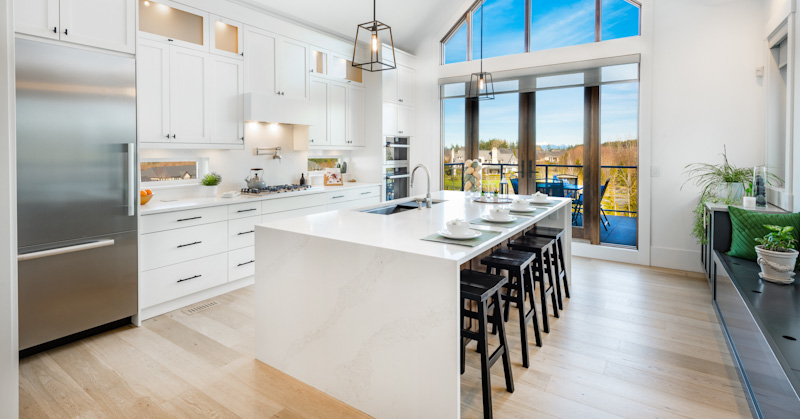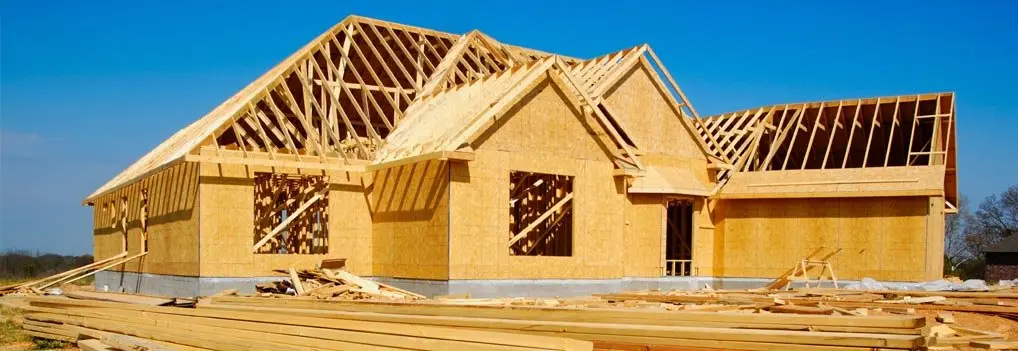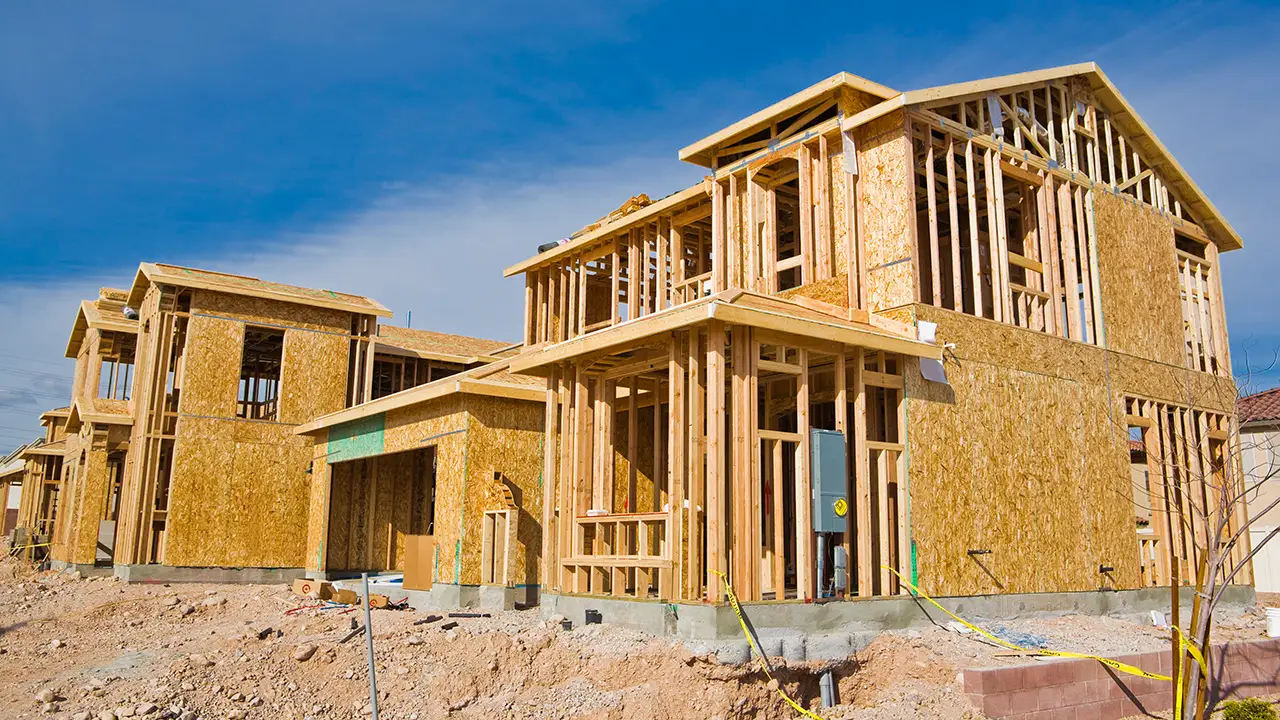Custom Bathroom Remodeling Indiana to Enhance Comfort and Value
Custom Bathroom Remodeling Indiana to Enhance Comfort and Value
Blog Article
How a General Professional Can Transform Your Common Areas Into Functional Areas
The improvement of typical locations right into useful rooms is a nuanced procedure that needs a basic contractor's know-how in examining particular neighborhood needs and making customized remedies. By thinking about elements such as format, access, and aesthetic allure, a specialist can produce environments that not just offer practical purposes but likewise foster area engagement.
Assessing Current Common Area Requirements
When examining usual areas, it is important to determine and comprehend the certain requirements of the community they serve. This process begins with a thorough assessment of existing usage patterns, which involves event information on foot traffic, top usage times, and activities occurring within these areas. Engaging with neighborhood participants through surveys or conferences can offer valuable understandings into their choices and difficulties.
Next, it is very important to think about the group structure of the community, including age, way of living, and any kind of unique demands that may impact just how these areas are utilized. Households with young kids may require play areas, while older grownups may focus on access features.
Additionally, evaluating the existing facilities and features is crucial. Recognizing locations that are underutilized or in need of fixing can inform prospective improvements. Teaming up with stakeholders, such as property managers and regional companies, makes sure that the analysis mirrors a detailed understanding of the area's demands.
Ultimately, a meticulous evaluation of existing common location needs prepares for reliable changes, permitting for the production of spaces that foster involvement and boost the overall lifestyle within the area.
Designing for Capability and Looks
An extensive understanding of community needs establishes the stage for effective style that stabilizes performance and appearances in common locations. Successful layout requires a thoughtful method that takes into consideration both the functional uses the area and the visual appeal that improves the environment.
Useful style involves creating areas that provide to the certain activities and communications of the area. This might include versatile seating setups for gatherings, accessible paths for people with flexibility obstacles, or marked locations for recreational activities. Each component should offer a function while guaranteeing simplicity of motion and convenience for individuals.
Appearances play a vital duty in fostering an inviting ambience. The option of shades, products, and illumination can dramatically impact the understanding of a room. Incorporating natural aspects, such as greenery or water functions, can enhance the setting and develop a relaxing environment. In addition, lining up the style with the area's social identification can promote a sense of belonging and pride.
Budgeting and Resource Allocation
Effective budgeting and source allowance are essential elements in the effective improvement of typical areas. A well-defined budget plan details the economic criteria within which the project must operate, making certain that prices are controlled and sources are properly made use of. This starts navigate to this website with a complete evaluation of job demands, consisting of layout elements, products, and labor.

A basic service provider plays an essential duty in this review phase, working together with stakeholders to establish sensible budget price quotes that align with the designated vision. By focusing on vital functions and discovering cost-effective alternatives, the professional can enhance spending without jeopardizing quality.
Source allotment requires purposefully assigning workers, equipment, and materials to various stages of the task (General Contractor Indiana). This calls for cautious planning to stay clear of hold-ups and make certain that each part is provided on time. In addition, regular monitoring of expenditures versus the budget helps to determine prospective overruns early, enabling prompt adjustments
Managing Construction Process Efficiently
Managing the construction process successfully is important for accomplishing timely project conclusion and preserving budget stability. A well-coordinated method includes careful preparation, clear interaction, and reliable source management. General specialists must develop a thorough task timeline that lays out each stage of building and construction, enabling the recognition of potential bottlenecks and critical landmarks.
Routine development meetings are essential for maintaining all stakeholders notified and lined up. These conferences help with the timely resolution of issues, ensuring that the project stays on track. Furthermore, utilizing job monitoring software can improve interaction, track progression, and handle paperwork, minimizing the probability of delays and misunderstandings.
Effective source allowance is likewise critical. By ensuring that materials, labor, and tools are readily available when needed, basic professionals can prevent costly disturbances. Executing a positive strategy to risk management further enhances effectiveness, as it enables the recognition and reduction of possible challenges prior to they intensify.

Making Sure Compliance and Quality Standards
Compliance and quality criteria are essential to the success of any construction job, guaranteeing that the ended up areas not only satisfy customer expectations yet likewise stick to governing requirements. A general contractor plays an essential duty in applying these standards throughout the building and construction process.
First, it is crucial for the contractor to remain upgraded on regional building ordinance, safety and security policies, and sector best methods. This knowledge allows them to guide layout choices and material selections that straighten with conformity criteria. Regular assessments and high quality assessments during the construction stage aid to determine possible problems early, alleviating costly hold-ups and revamp.
Moreover, a reliable general professional fosters a culture of high quality among subcontractors and employees. This can be achieved by offering training on compliance procedures and implementing stringent quality assurance procedures. By establishing clear communication channels, the professional can make certain that everyone entailed comprehends their obligations regarding conformity and top quality.
Verdict
To conclude, the function of a basic specialist in changing typical areas right into useful spaces is essential. With a thorough assessment of neighborhood demands, thoughtful layout, precise budgeting, and reliable job monitoring, these experts can create atmospheres that enhance functionality and visual appeal. Adherence to conformity and quality requirements even more makes certain that renewed spaces not just fulfill the assumptions of stakeholders but additionally foster involvement and enhance the general experience for all customers within the area.
The makeover of usual areas into useful rooms is a nuanced procedure that needs a basic specialist's know-how in evaluating specific area requirements and developing tailored solutions. By considering variables such as design, access, and visual appeal, a service provider can develop environments that not just offer functional objectives yet likewise foster area involvement. General specialists should establish a detailed job timeline that details each stage of building, permitting for the recognition of vital landmarks and possible bottlenecks.

Report this page